Pesto alla Genovese. A Recipe Older than Italy
This year’s protagonist of the International Day of Italian Cuisine, celebrated on January 17, is the Pesto alla Genovese, the culinary symbol of the Liguria region.
For the occasion, thousands of chefs, restaurant owners, and gourmets all over the world will prepare this basil-based sauce following the authentic recipe invented in the Genoa area more than 150 years ago.
Today at its fourth edition, the IDIC was first promoted by the itchefs-Gvci network, made of 1200 chefs and culinary professionals working in 70 different countries. The initiative aims to promote the authenticity of Italian cuisine against the widespread attemps to “corrupt” and alterate it, and to aknowledge the public on original Made in Italy products.
Last year the day was dedicated to the Tagliatella al Ragù Bolognese, and 1,000 chefs operating in 60 countries mobilitated and prepared one of the most counterfait Italian products as tradition comands.
This year brings an important novelty: the IDIC will not only be celebrated abroad but also in Italy, where it will be interpreted as the “day of national culinary pride”. “In 2010 Italy celebrates its 150 anniversary as a unified nation. We believe that recipes such as the Pesto alla Genovese, the Risotto alla Milanese and the Tagliatella alla Bolognese have deeply contributed to the process of unification, at least in the kitchen”, said Rosario Scarpato, co-founder of Gvci. “After all, Garibaldi's expedition departed from the ports of Liguria. Perhaps he ate a some pasta with pesto before leaving”.
The name Pesto, as many of you might know, is the contracted past participle of the Genoese word pestâ (Italian: pestare) which means "to pound, to crush" in reference to the sauce's crushed herbs and garlic.
The recipe is older than Italy, and dates back to the first thirty years of the XIX century. It appeared in written form for the first time in famous gourmet Giovanni Battista Ratto’s book "La cuciniera genovese" in 1865. As chef Emerico Romano Calvetti explained in 1910, it was first conceived as a alternation of the aggiadda (agliata), a 1200 sauce made of garlic, vinegar, olive oil and salt, that was used to preserve pre-cooked foods and cover the smells and the savour of meets in process of putrefaction.
Historically, pesto is prepared in a marble mortar with a wooden pestle. The basil leaves are washed, dried, placed in the mortar with garlic and coarse salt, crushed to a creamy consistency, and then mixed with pine nuts. When the nuts are well-incorporated into the "cream", grated cheese and then olive oil are added and mixed.
This frugal, although delicious sauce, is served at room temperature on pasta, traditionally Mandilli de Sæa (Genovese dialect - literally "silk handkerchiefs" - for lasagna), trofie or trenette. To the dish are also traditionally added potatoes and little green beans, boiled in the same pot in which the pasta has been cooked.
Because pesto is a generic term for anything which is made by pounding, there are various other pestos, some traditional, some modern. For this reason, the original (and most common) pesto is now called pesto alla genovese or pesto genovese, in order to help differentiate the original basil based pesto from alternatives, that have themselves become cornerstones of other regional cuisines in Italy
One of the most famous variations to the original recipe is the Pesto alla siciliana, sometimes called simply pesto rosso (red pesto) is a sauce from Sicily similar to pesto genovese but with the addition of tomato, almonds instead of pine nuts, and much less basil.
Pesto alla calabrese, on the other hand, is a sauce from Calabria consisting of (grilled) bell peppers, black pepper and more; these ingredients give it a distinctively spicy taste.
Genoa, however, is not willing to be forgotten as the “homeland” of the protagonist of this year’s IDIC. The Commissioner of Agriculture of the Liguria region Roberto Barbagallo has indeed announced that the region is planning to ask the European Union a special certification for this antique local recipe, the STG-Specialità Tradizionale Garantita (Traditional Speciality Guaranteed)
“The Pesto Day is a fantastic showcase for us and our producers to promote the symbol of our local cuisine, distinguishing it from the numerous counterfactions and imitations. We want people to taste the authentic pesto, made of ‘seven magnificent ingredients’: basil, garilc, olive oil, salt, pine nuts, pecorino and grana cheeses,” he pointed out.
The IDIC was launched on January 12-13 at Chef Cesare Casella’s Italian Culinary Academy in New York.
Tomorrow January 17, special events organized for the occasion by members of the itchefs-gvci network will take place all around the world. In particular Pietro Rongoni (Aromi Italiani) will be in Moscow, Elena Ruocco and Francesco Carli (Copacabana Palace Hotel) in Rio De Janeiro , Giulio Vierci in Sapporo and Donato De Santis (Cucina Paradiso) in Buenos Aires.
In these days the above mentioned cities are also hosting the preliminaries of the Genoa Mortar-Made Pesto World Championships, that will take place in Genoa on March 24, 2012






























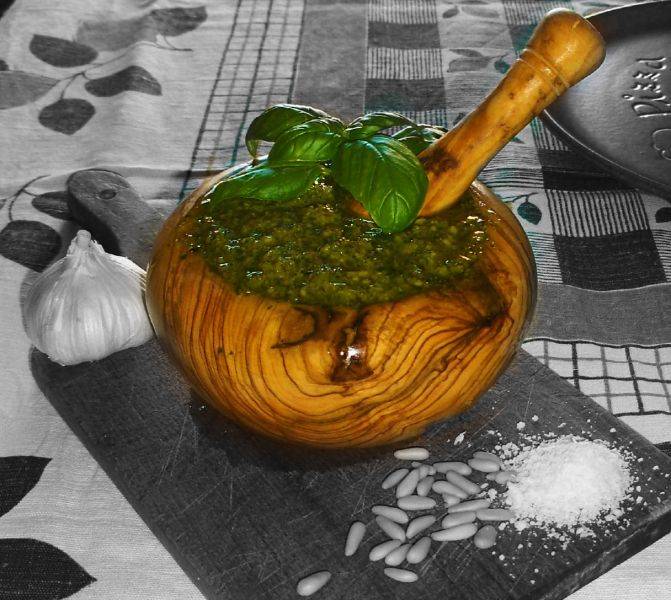
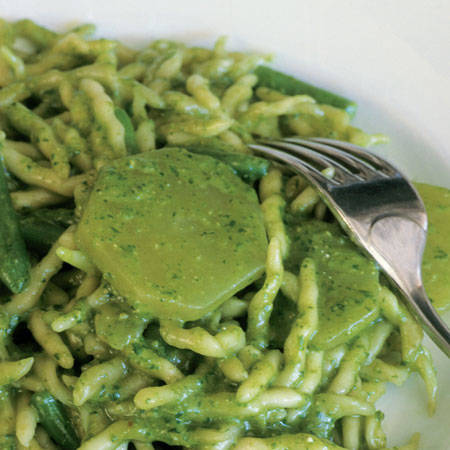
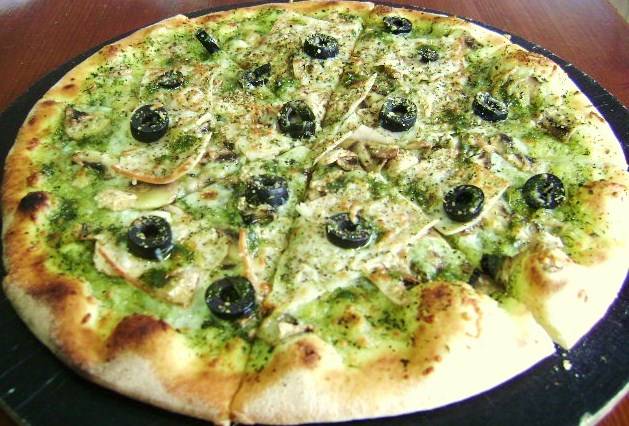


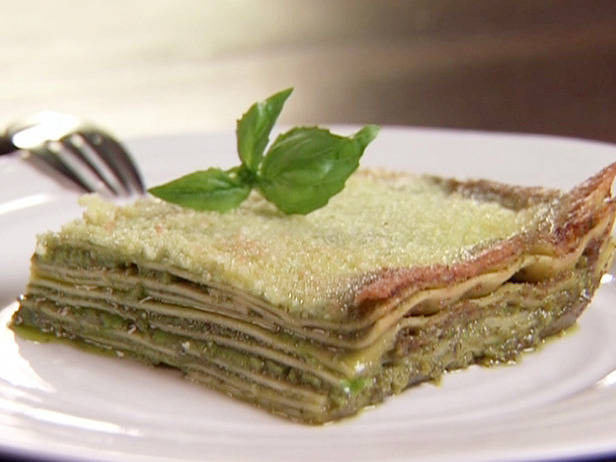





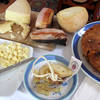
i-Italy
Facebook
Google+
This work may not be reproduced, in whole or in part, without prior written permission.
Questo lavoro non può essere riprodotto, in tutto o in parte, senza permesso scritto.